2013-01-05 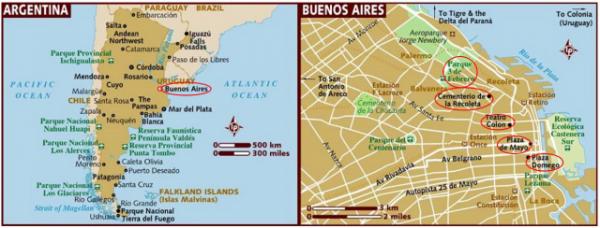
【Aiden in English】
The wheels on the bus went round and round as the air filled with the sound of the sunny morning chirps of birds. Buenos Aires blew out "Good Airs" or "Fair Winds." They eclectically blended their contemporary vitality and old-world languor on the western bank of the Rio de la Plata estuary. It was already blisteringly hot when the bus stopped at the political and cultural heart—Plaza de Mayo (May Plaza). I wondered how the paddles still hadn't dried up yet. Plaza de Mayo was meant to be one of Argentina's capital cities' most sought-after attractions. As a national symbol in 1810, it was where First Lady Eva Peron made her famous Renunciation speech, and "Don't Cry for Me Argentina" was filmed in the movie Evita. A crowd gathered here almost every Thursday to protest for a better life. Then, a shadow cast over me. I looked up and saw a rather exotic pink building. Before I could spit out my thoughts, my mother told me that Casa Rosada used to be the presidential mansion. I clamped my mouth shut to be polite. I cooled down as the heat broke to my sweltering level by entering the Metropolitan Cathedral. Torches were a little on the walls, throwing large shadows upon me. There in the middle sat an altar larger than the wall of my house! It had a light, red glow that illuminated the altar, showing the details carved into the stones. On the way to La Boca, we passed along Avenida 9 de Julio (July 9 Avenue), the broadest jacaranda-lined avenue in the world. Its name was honored after National Independence Day on July 9, 1816. The avenue ran approximately 0.62 miles/1 kilometer up to 7 lanes in each direction. Like Times Square in New York and Piccadilly Circus in London, the Obelisk of Buenos Aires in Plaza de la República (Independence Plaza) became a national historic monument across the avenue. As one of the world's top 5 grandest opera houses, the Colon Theater puts an extraordinary spotlight on this area. Avenida Rivadavia (Rivadavia Avenue) extends roughly 22 miles/35 km from downtown to the suburbs and might win another title of the longest thoroughfare on earth. La Bombonera (the Chocolate Box) was a rowdy stadium of Argentina's best-known Boca Juniors football team, which the former superstar Diego Armando Maradona joined. As Mom said, Maradona grew up in such a barrio or neighborhood and is even well-known in China. La Bombonera held the South American Soccer Championship with 100,000 fans. Since we had little time, we couldn't buy tickets at the stadium. Before I knew it, we were parked on a wide road to explore Buenos Aires' oldest barrios. Nothing was as fascinating as La Boca, where the tango was born. At La Boca, named for its position at "the mouth" of the Riachuelo River in Spanish, we disembarked for a stroll along its main street, Caminito, to soak up the flavor of the most authentic Argentina. Caminito had all kinds of colorful outdoor art galleries where artists hawked their work. The street sign looked so unique that we learned its culture and history piece by piece right there. We marveled at the brightly painted wood-and-corrugated-steel "conventions" (shared homes) and took a peek inside the glamorous tango cafes. Born about 1880, the tango began life as the sultry dance and music of Argentine fringe classes. It combined elements from many Italian, Spanish, and French cultures to bring about New World music that swept across Argentina. Eventually, the tango became one of the most popular dance forms on the international stage. Not until 2009 did the Argentine and Uruguayan tango share a declaration on UNESCO's Intangible Cultural Heritage List. La Boca has attracted millions of tourists from all over the world. Even though I still wanted to look around a little more, I couldn't help but feel relieved when cool air blew out of the bus, which instantly doused the small fire in my body. We ended up in Galeras Pacifico (Pacific Gallery) for a late lunch. This was a Beaux-Arts shopping center reminiscent of Le Bon Marché in Paris. The mall housed many high-end stores, such as Polo Ralph Lauren, Christian Lacroix, Christian Dior, Lacoste, Tommy Hilfiger, Hugo Boss, and La Martina, and Chinese food cooked by the local yippies in a food court. Ironically, we used to adapt ourselves to American Chinese food back home in Pennsylvania. However, we had never experienced our cuisine in Argentine flavor before. Every Chinese dish looked great and tasted delicious after three weeks away from home. I appreciated a warm embrace from strange holiday shoppers in front of a giant Christmas tree. Argentina kept a well-informed understanding of Eastern, Western, and Southern mores dynamically. When we were immersed in an ocean of splendid architecture and diversified cultures, as Mom thought, the illusion rotated into our eyes, and the expression transformed more than thousands of words that we could describe the spotlights. It was about beauty, and it was beyond the beauty which tranquilized humanity in life. 【红霞译】
大巴上的轮子转呀转,小鸟迎着朝阳唱呀唱,布宜诺斯艾利斯“顺风”好空气飘呀飘,顺风送来普拉塔“银”河西岸的时代气息与历史陈迹。当我们来到首都政治文化中心的五月广场时,酷暑悄然来袭,气温居高不下,我纳闷轮胎怎么没有热得胀爆破皮?
五月广场作为1810年5月阿根廷国庆标志,是旅游首都的必经之地。伊娃·庇隆“生命·磐石”夫人曾在此发表过“不参加副总统竞选”的著名演讲,电影“艾薇塔”插曲《阿根廷别为我哭泣》也设此地为拍摄背景;每个星期四,为改善生活而努力奋斗的布宜诺斯人都会抗着横幅标语定期到这里向政府示威,发泄不满。 这时,头顶掠过一片阴影,我顺势往上望去,只见一个粉红色奇特建筑映入眼帘,未等我张口询问,妈妈站在身旁随声道出,原来它就是曾一度被当成总统府的“玫瑰宫”,出于礼貌,我并未妄加评论。气温越来越叫人受不了,我赶紧躲入大都会教堂避热。墙壁外,火炬熊熊燃烧,投影倒挂在我身上;教堂内,巨大的祭坛比我家的墙还要大!大厅上,祭坛被闪闪红光衬托得庄重夺目,并彰显出上面精湛的石刻工艺。
在奔赴博卡“河口”区之前,我们路过用来纪念1816年7月9号阿根廷独立日的“七月九日大街”,紫葳树排成纵队,点缀道路两旁,这是一条迄今为止世界上最宽的都市街道,跨度为0.62英里/1公里,每一方向均由7条车道组成。纽约有时代广场,伦敦有皮卡迪利圆环,七月九日大街上有独立广场,并矗立着国家历史古迹──首都方尖碑,附近还有跻身世界前五名的科隆“鸽子”大剧院。 里瓦达维亚“河岸”大街从闹市区直达郊外乡下,总计约长22英里/35公里,大概可以为阿根廷摘取另一个桂冠──世界最长街道。 巧克力盒球场为阿根廷最知名球队博卡青年足球俱乐部所在地,当年有迭戈·阿曼多·马拉多纳加盟,气势凌人。据妈妈所说,马拉多纳堪称从博卡贫民窟踢出去的国际超级球星,其声誉甚至响遍全中国。巧克力盒球场曾举办过南美足球锦标赛,最多容纳十万名观众,我们因为时间紧来不及买票进去参观。 不知不觉地,我们行驶进入首都最老的行政区,说实在的,哪里都不如探戈发源地博卡热闹非凡。在西班牙语中,博卡里亚丘埃洛“小河”河口,卡米尼托“小步道”是博卡区的主要街道,毫无疑问地,它将成为我们体味正宗阿根廷生活气息的驻足目标。卡米尼托街头摆满了各种各样艺人绘制的艺术作品,这里甚至连路标都充满艺术风情,我们饶有兴趣地仔细阅读,神不知鬼不觉就能了解到一些当地的风土人情和历史故事。沿街公寓楼房多以木头波浪铁皮材料建造,外表再刷上鲜亮明快色彩迥异的油漆,我们忍不住总想钻进探戈咖啡馆,一边品尝咖啡小吃,一边欣赏异国精粹。
大约1880年左右,探戈开始兴起,其发展离不开“蟹行猫步”富有激情的豪放舞姿以及深沉哀愁的阿根廷音乐,再经意大利、西班牙、法国移民吐故纳新,新大陆音乐元素融入传统探戈,使这种双人舞蹈流行得更加广泛,如今探戈已发展成为国际舞台上极富魅力的舞蹈之一。2009年,阿根廷和乌拉圭两国携手,成功地将探戈引入《联合国教科文组织非物质文化遗产名录》,博卡区因此而吸引了来自世界各地成千上万的游客,要不是经不住闷热煎熬,我真想继续浏览下去,现在我必须先返回车上避暑降温,等凉快以后再作其它打算。
游览结束后,我们来到太平宫补吃了午饭,太平宫实际上是一座颇具艺术气息的综合购物中心,非常像法国巴黎蓬马歇“好市场”百货公司,涵盖高档商店与时髦产品,比如:拉夫·劳伦、克里斯汀·拉克鲁瓦、克里斯汀·迪奥、鳄鱼、汤米·希尔费格、雨果·波士、拉·玛蒂娜等在此均设立分店。太平宫美食广场有家中餐馆,上至老板、厨师,下到店员、跑堂,一个不落全部都是年轻朝气的当地人,说来新鲜,我们以前常吃美国风味的中餐饮食,但从来没尝过阿根廷式的中餐烹饪,不过离家在外三个星期,对我们来讲无论谁做的中餐看上去都倍感亲切,不管什么样的中餐吃起来都喷香解馋。同时,我还得感谢阿根廷人热情好客,自己被一帮素昧平生、节日期间购物扫货的娘子军前呼后拥到超大型圣诞树前合影留念。显然,阿根廷人之所以见多识广,就是因为对东方、西方、南方文化兼收并蓄。 妈妈认为,当沉浸在雄伟建筑之中享受多元文化之时,我们经常捕捉新的视觉,并不断汲取新的思想,由此而来的收获有时难以用语言准确表达,美在其中,魂在其间,发掘人文之美,才会使我们的生活更加完好。
Today in History(历史上的今天): 2013: Buenos Aires, Paris of S American(阿根廷布宜诺斯艾利斯·南美巴黎)
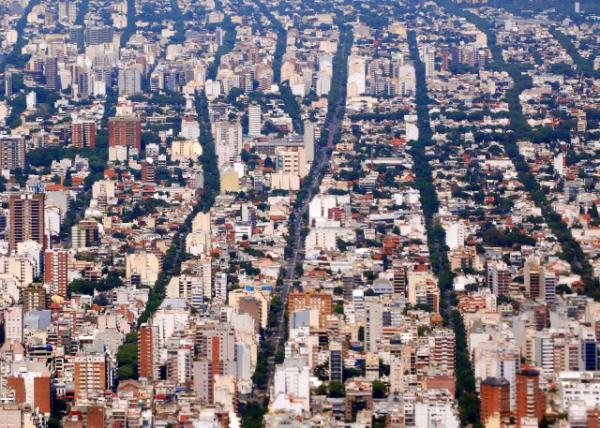 Aerial View of Downtown (鸟瞰市中心) Aerial View of Downtown (鸟瞰市中心)
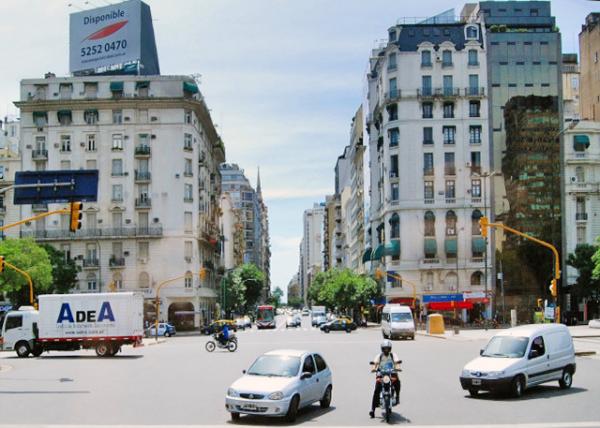 July 9th Ave (七月九日大道) July 9th Ave (七月九日大道)
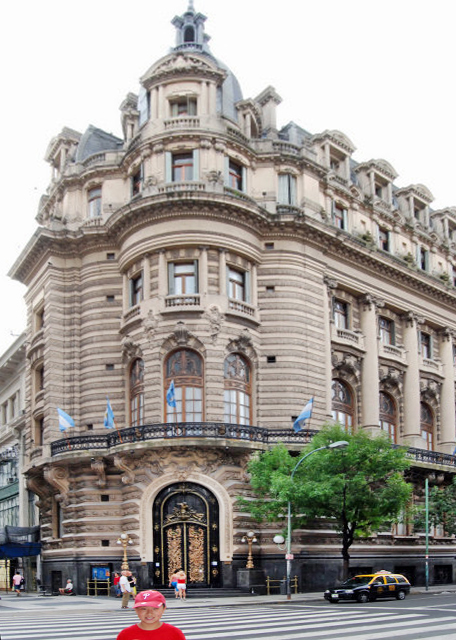
Centro Naval, an Argentine Sports & Social Club (海军中心·阿根廷运动与社交俱乐部 01-05-2013) 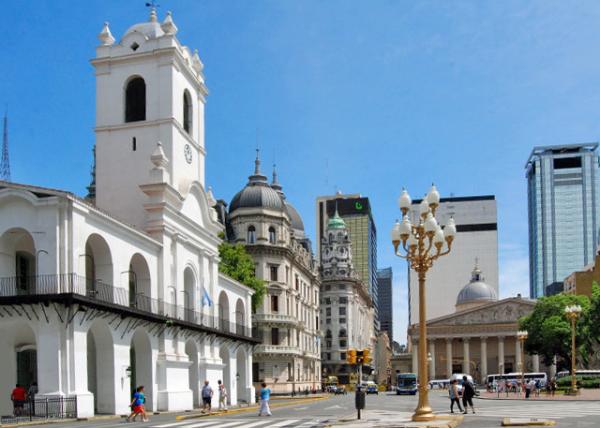 Historic Area Housing Plaza de Mayo & the Cabildo Historic Area Housing Plaza de Mayo & the Cabildo
(历史街区·五月广场和市政厅) 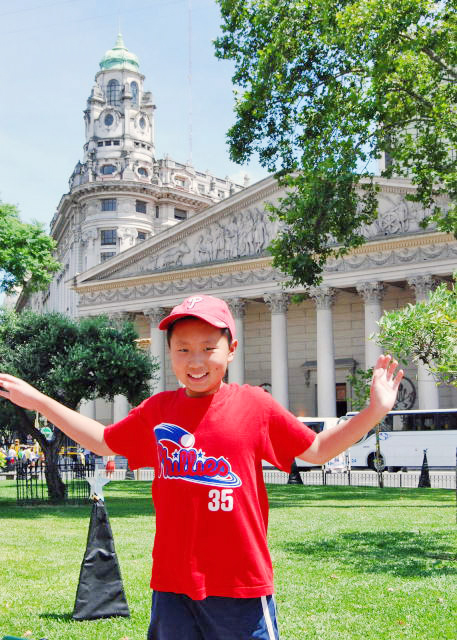
Buenos Aires Metropolitan Cathedral (都市大教堂) 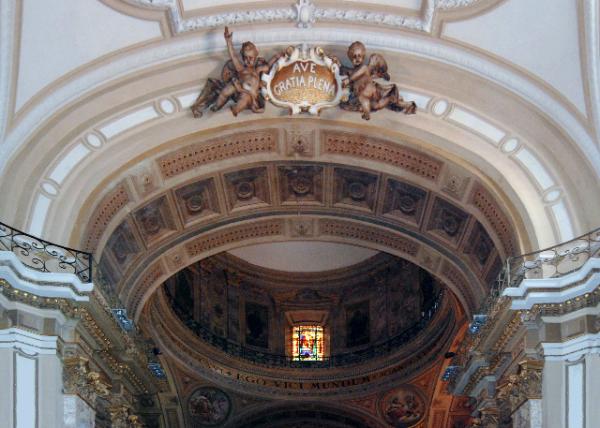 The Dome of Metropolitan Cathedral (都市大教堂·穹顶) The Dome of Metropolitan Cathedral (都市大教堂·穹顶)

Altar of Metropolitan Cathedral (都市大教堂·祭坛) 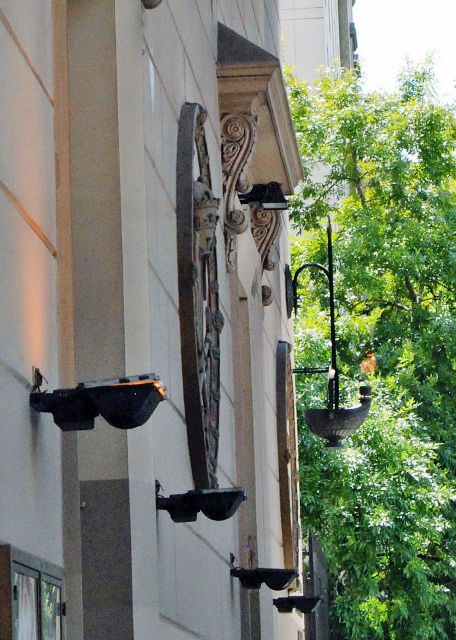
Flaming @ Metropolitan Cathedral (都市大教堂·火焰)
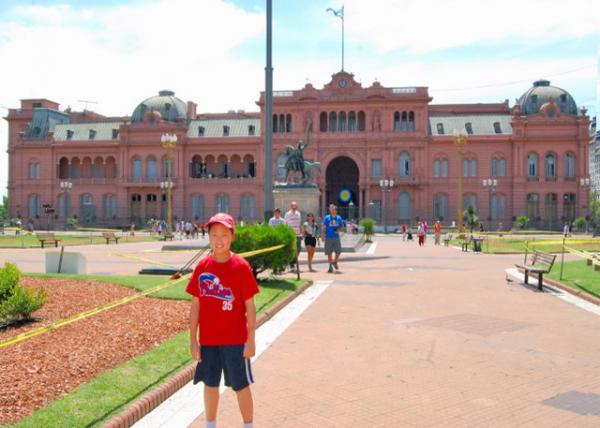 Casa Rosada, the President of the Argentine Republic's Official Workplace Casa Rosada, the President of the Argentine Republic's Official Workplace
(玫瑰宫“粉红之家”·阿根廷共和国总统的官方办公地点 01-05-2013) 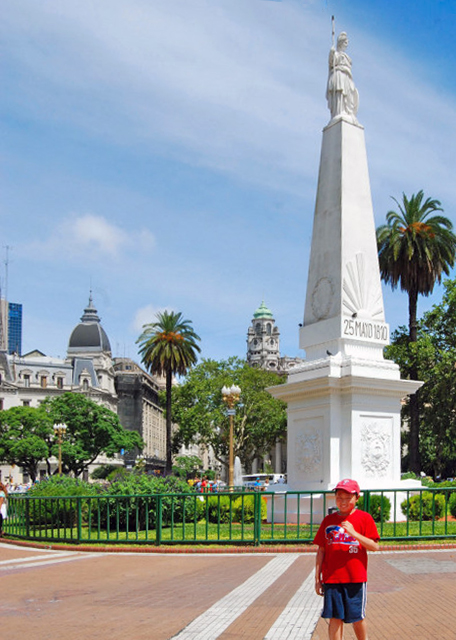
Pirámide de Mayo the Oldest National Monument in the City of Buenos Aires (五月金字塔·布宜诺斯艾利斯市最古老的国家纪念碑 01-05-2013) 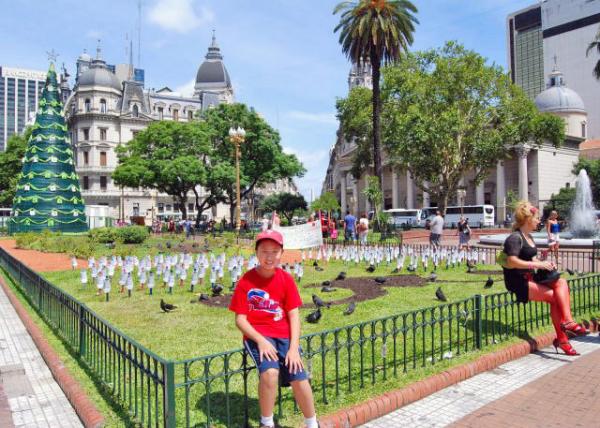 Plaza de Mayo Commemorating the May Revolution of 1810 Plaza de Mayo Commemorating the May Revolution of 1810
(五月广场·纪念1810年的五月革命 01-05-2013) 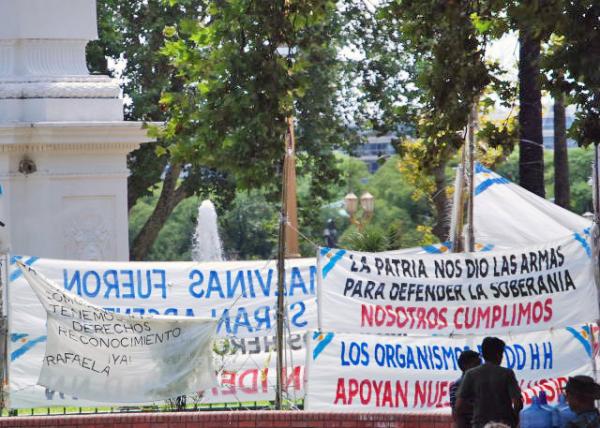 Demonstration @ Plaza de Mayo (五月广场·示威) Demonstration @ Plaza de Mayo (五月广场·示威)
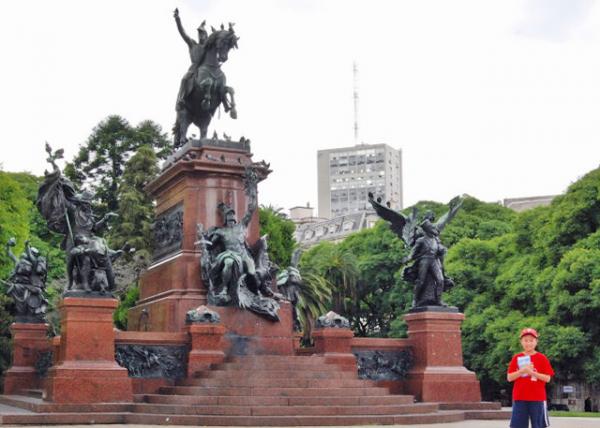 Monument to José de San Martín @ Plaza San Martin, Worldwide, at least 54 Equestrian Statues of José de San Martín, including at least 40 Replicas, Almost All of Them Being Copies of this Statue in Buenos Aires Monument to José de San Martín @ Plaza San Martin, Worldwide, at least 54 Equestrian Statues of José de San Martín, including at least 40 Replicas, Almost All of Them Being Copies of this Statue in Buenos Aires
(圣马丁“战神圣徒”广场《何塞“神助”·圣马丁》纪念碑——全世界至少有54座何塞·圣马丁骑马雕像,其中包括至少40座复制品,几乎所有复制品都是布宜诺斯艾利斯这座雕像的复制品 01-05-2013) 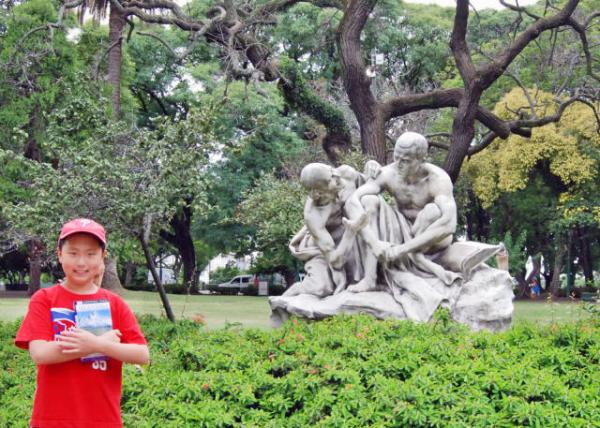 Sculpture of Doubt @ Plaza San Martín Sculpture of Doubt @ Plaza San Martín
(圣马丁广场·雕像《怀疑》01-05-2013)
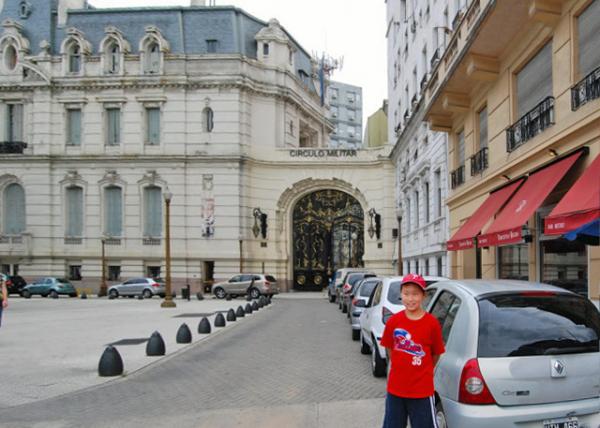 Circulo Militar or Paz Palace in the Early 20th-Century French Beaux-Arts Circulo Militar or Paz Palace in the Early 20th-Century French Beaux-Arts
(军界宫即帕兹“和平”宫·20世纪初法国学院艺术派 01-05-2013) 
Meet Warmful Argentines @ Pacific Gallery (太平洋拱廊·巧遇热情的阿根廷人 01-05-2013) 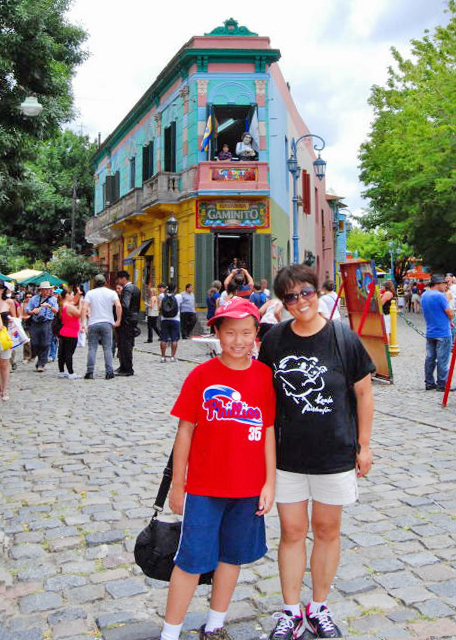
Havanna Bldg at Caminito, La Boca (博卡区卡米尼托·哈瓦那“避风港”大厦 01-05-2013) 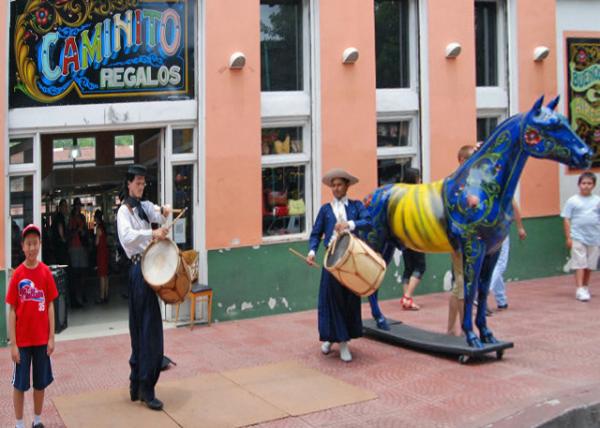 Caminito Regalos (卡米尼托礼物店 01-05-2013) Caminito Regalos (卡米尼托礼物店 01-05-2013)
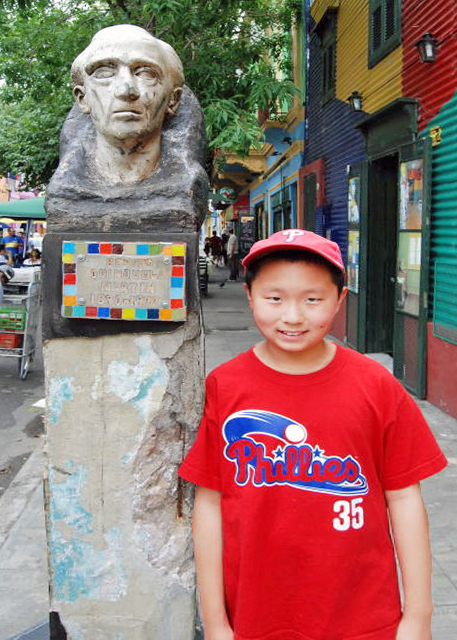
Benito Quinquela Martín, an Argentine Painter (《贝尼托·昆奎拉·马丁“恩惠·神赐·战神”》塑像——阿根廷著名画家 01-05-2013) 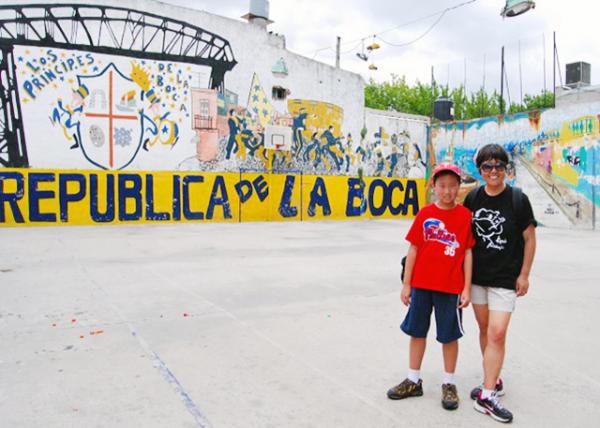 La Boca Square, a Working-Class Area La Boca Square, a Working-Class Area
(博卡广场·工人阶级聚居区 01-05-2013) 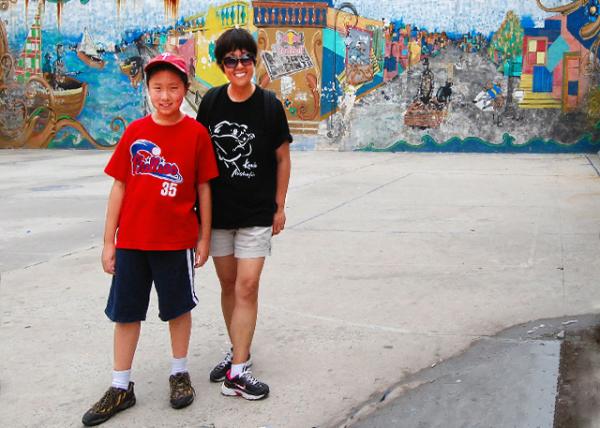 Boca Junior Acrylic Art (博卡少年丙烯壁画 01-05-2013) Boca Junior Acrylic Art (博卡少年丙烯壁画 01-05-2013)
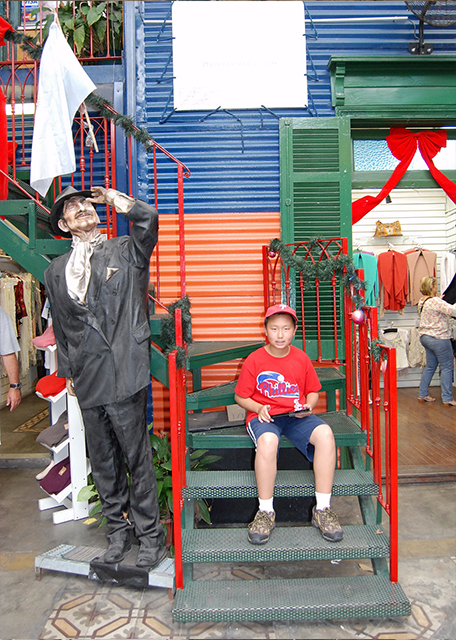
Little Italy @ La Boca (博卡区·小意大利 01-05-2013) 
Boca Junior (博卡青年竞技俱乐部 01-05-2013) 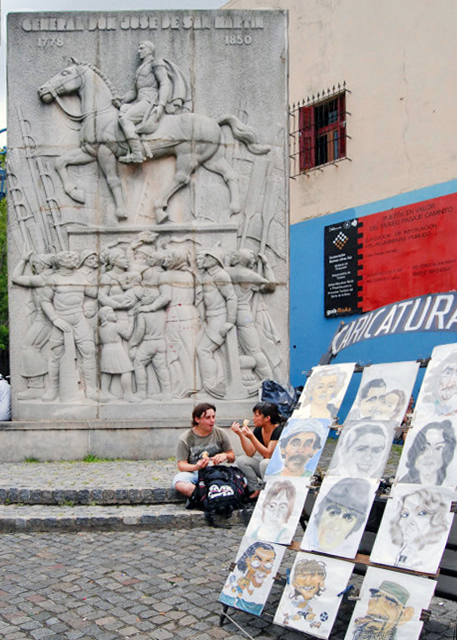
Monument to El Caminito (《卡米尼托》纪念碑) 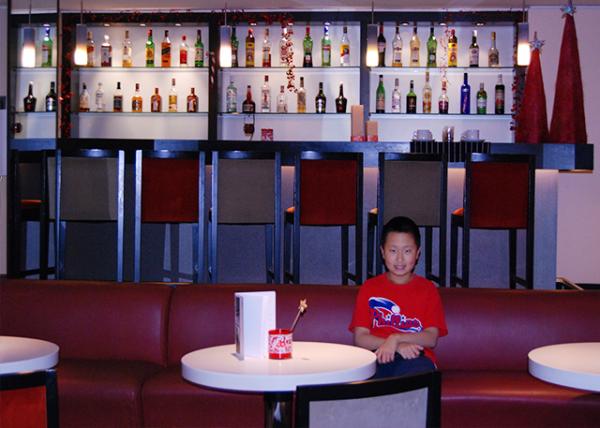 Restaurant @ NH (Navarra Hoteles) Crillón Restaurant @ NH (Navarra Hoteles) Crillón
(纳瓦拉“山边的平原”酒店克里雍“小”分店·餐厅 01-05-2013) 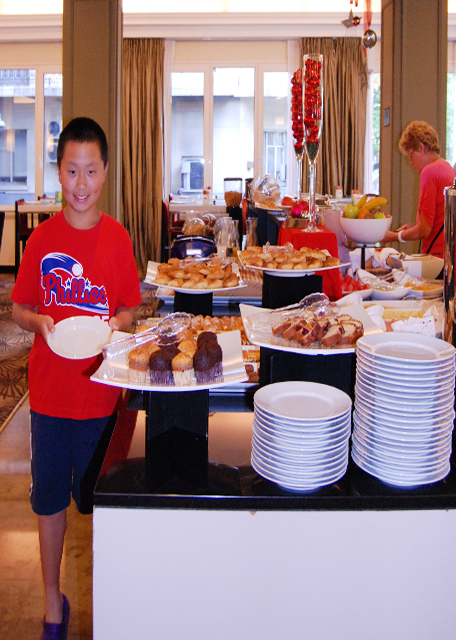
Breakfast @ NH Crillón (克里雍酒店·早餐 01-05-2013) 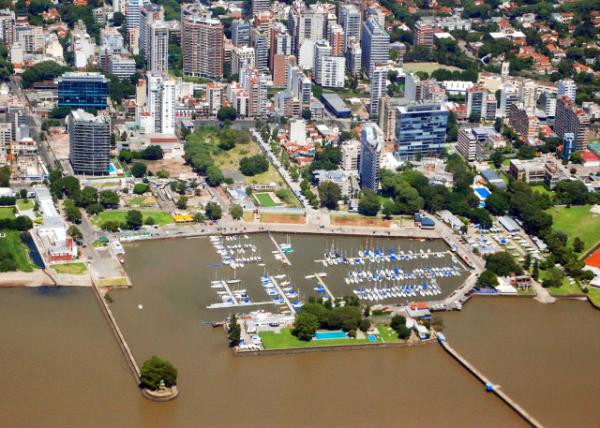 Olivos Yatch Club (奥利沃斯“橄榄树”游艇俱乐部) Olivos Yatch Club (奥利沃斯“橄榄树”游艇俱乐部)
 Río de la Plata, the Widest in the World, w/ a Maximum Width of 220 Kilometres/140 Miles Río de la Plata, the Widest in the World, w/ a Maximum Width of 220 Kilometres/140 Miles
(普拉塔河·世上最宽的河流,最大宽度达220公里/140英里) Crosslinks(相关博文): Argentina(出游阿根廷)
South America(漂流南美洲) 小学四年级(4th Grade) |
